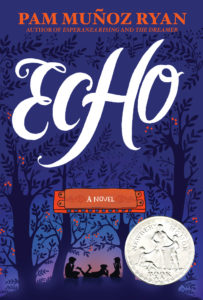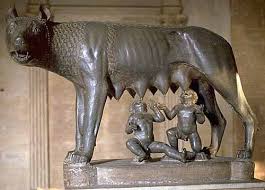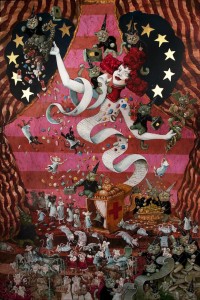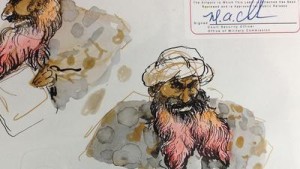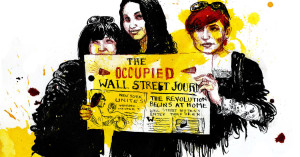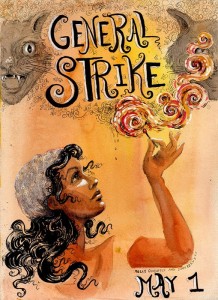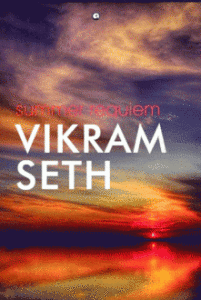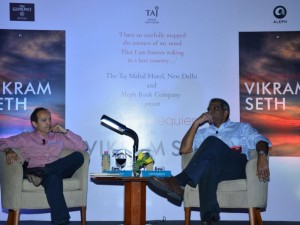Neil Gaiman, “The View from the Cheap Seats: Selected Non-Fiction”
Neil Gaiman is the superstar of storytellers and one of the leading influencers on social media with his strongly voiced opinons. He is incredibly generous while sharing his knowledge, he has bundles of energy, oozes with charisma and can pack quite a powerful punch while speaking his mind. He comes across as straightforward and can be blunt when he wants as in the essays — “Why our future depends on libraries, reading and daydreaming: The Reading Agency Lecture, 2013” or “The PEN Awards and Charlie Hebdo ” ( 2015). He is charming in his hero-worship when he writes about meeting legends such as Fritz Leiber and magnanimous with his compliments such as on illustrator Charles Vess with whom he often collaborates. Gaiman is passionate about his love for reading, letting the imagination roar and creativity blossom as evident in the innumerable speeches he has delivered. One of them being “Good Comics and Tulips: A Speech”or after his visit to a Syrian refugee camp, Azraq refugee camp, Jordan — “So Many Ways to Die in Syria Now: May 2014”. Here is a typical Gaiman straight-from-the-heart observation:
I realise I have stopped thinking about political divides, about freedom fighters or terrorists, about dictators and armies. I am thinking only of the fragility of civilisation. The lives the refugees had were our lives: they owned corner shops and sold cars, they farmed or worked in factories or owned factories or sold insurance. None of them expected to be running for their lives, leaving everything they had because they had nothing to come back to, making smuggled border crossings, walking past the dismembered corpses of other people who had tried to make the crossing but had been caught or been betrayed. ( p.506)
Most of the essays and speeches collected in this volume have gone viral on the Internet recently. They have developed a life of their own for the ideas they spawned. As Gaiman says in “Credo”, “I believe that it is difficult to kill an idea because ideas are invisible and contagious, and they move fast. He also firmly believes that “Literature does not occur in a vaccuum. It cannot be a monologue. It has to be a conversation, and new people, new readers, need to be brought into the conversation too.” The title essay refers to his appearance at the Oscar ceremony when the film adaptation of his book Coraline had been nominated and he walked the red carpet but was given a seat in one of the top balconies.
The articles included in this collection may over a period of time vanish from their original place of publication in cyberspace or disappear behind pay walls as business models of media websites evolve. This is an anthology that is must have that will constantly be read and re-read for its thought-provoking ideas, its analysis of the changing game of publishing, the relationship between writer and readers but most importantly it will be remembered for Gaiman’s fervour in infecting others with his passion for reading and allowing the imagination to run wild.
Buy it. Treasure it. Preserve it. Share it widely. Pass it on to the next generation.
Neil Gaiman The View from the Cheap Seats: Selected Non-Fiction Headline Publishing Group, London, 2016. Pb. pp. 532 . Rs 599
Hachette India distributes it in India, Bangladesh, Nepal, Bhutan, Sri Lanka and Pakistan.
19 June 2016



